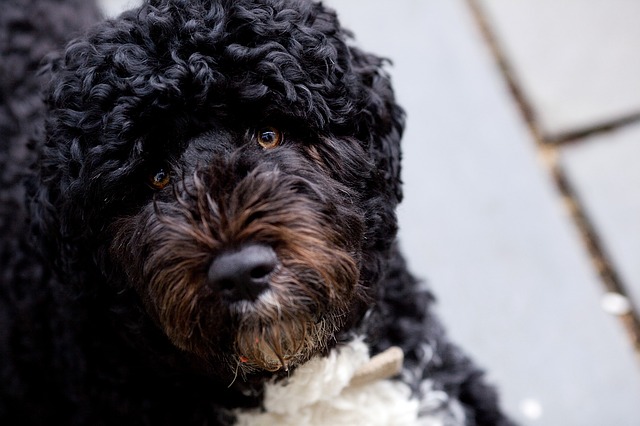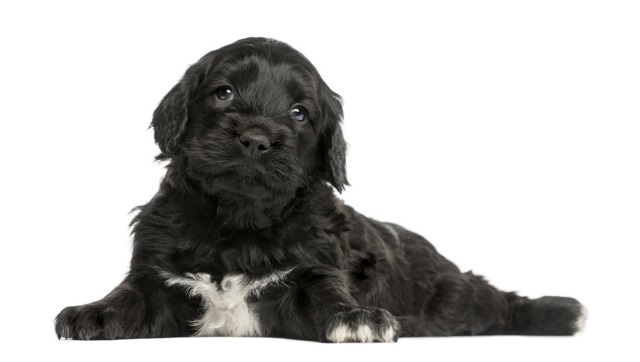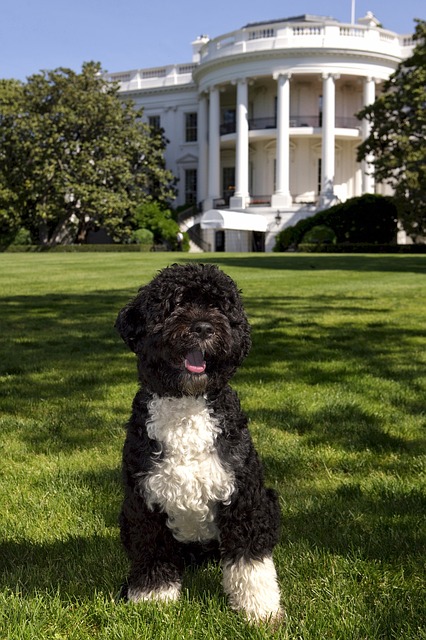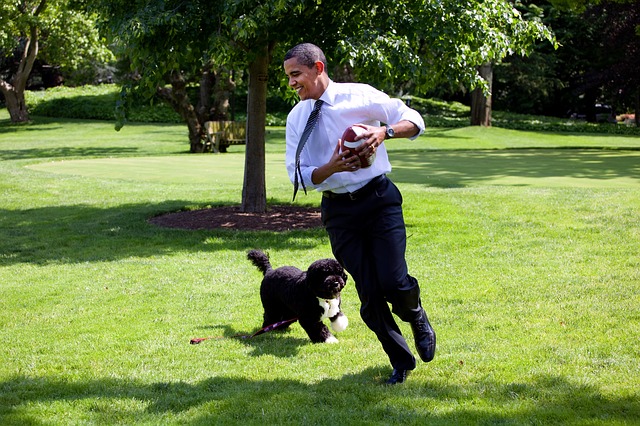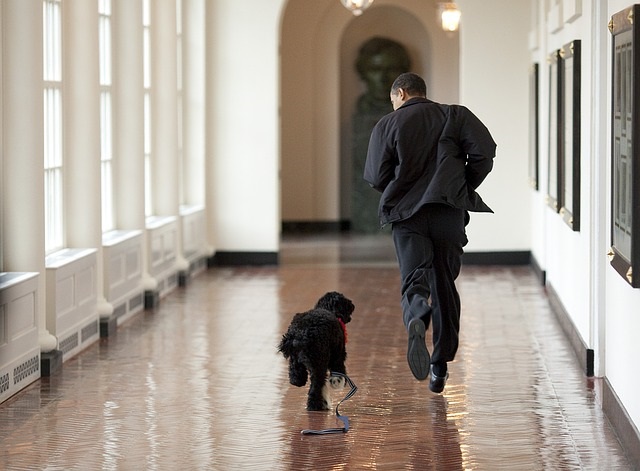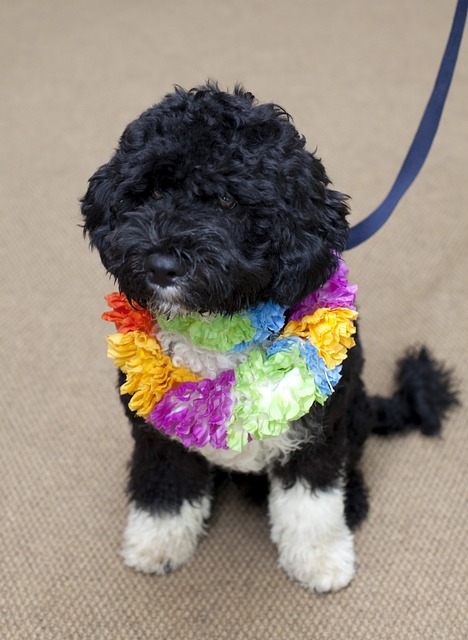Portuguese water dog has one of the most unique histories of any breed of dog, and certainly one of the most adventurous background any four-legged furball could call their own.
Originally serving on the crew of Portuguese fishing ships and vessels, these dogs weren’t just prized for their companionship and playful nature but also were a key piece of making sure that any equipment that went overboard was retrieved and they could even be trained to heard fish into the nets!
You won’t find that many Portuguese water dogs “working” these days (though some still bring these dogs with them as a good luck token), but their reputation for incredible intelligence, easy ability to train, and overall positive disposition has made them a favorite for those looking to purchase a new pet and furry little family member.
Origin and History
Originally hailing from the Portuguese coast (particularly the Algarve region of Portugal), these dogs were bred and taught to heard fish into the nets of fishermen working along the Portuguese coast as well as to retrieve broken nets or tackle. Some Portuguese fishermen even used these dogs as “couriers” to transport messages from one ship to another or from the ship to the shore – and these dogs would accompany Portuguese fishermen throughout the Atlantic waters of Portugal all the way up to the coast of Iceland and then back again.
A fairly rare breed, many believe that these dogs originated in Germany (or the Germanic region) before they went West and were mixed with the “German poodle”. The first written description of these dogs shows up in a 1297 account written by a Portuguese monk according to the monk, a sailor was drowning off the coast of Portuguese when one of these water dogs dove into the ocean and retrieved him by his leg and saved his life.
The breed kind of died out for quite a while right up until the 1930s, when a major Portuguese shipping magnate decided to seek out these dogs and established a major breeding operation to bring them back into popularity. It wasn’t until 1972 that these dogs were brought over to the United States, and today they are a very popular breed of dog for those living along either coast.
Appearance
With a unique look that is distinctly “poodle like”, the Portuguese water dog has a curly coat that can be a bit of a challenge to groom and maintain but it also helps them to protect their bodies from succumbing to the oftentimes frigid temperatures of the waters that they patrolled and spent so much time in.
These dogs grow between 20 inches and 23 inches tall, weigh between 40 pounds and 60 pounds, and have a solid and muscular body underneath all of that hair. The overwhelming majority of these dogs are black or dark brown, though white and yellow Portuguese water dogs also exist.
The Portuguese Water Dog Temperament
You’ll find the Portuguese water dog to be amongst the friendliest of all the dog breeds out there, incredibly loving, incredibly caring, and capable of getting truly attached to the humans that they call their own.
Remarkably intelligent, these dogs are effortlessly trained in obedience and agility skills, have a very friendly disposition to strangers, and definitely appreciate being pet and shown attention.
These dogs respond well to strong leadership, will respect and appreciate their masters commands, and (as working dogs) are always looking for a new challenge. They can get a little bit restless when they are left under exercised, but when given the right amount of attention they are one of the better breeds to own as a pet for sure.
Grooming
It is incredibly important that you do absolutely everything you can to regularly groom and maintain the coat of your Portuguese water dog.
They already have curly and coarse hair that can pretty quickly become tied up in knots, and if left unattended the hair will continue to grow indefinitely – causing all kinds of problems for them that range from overheating to trapping dirt and debris against the body, and even interfering with their eyesight.
These dogs should be trimmed every two months and the coat should be completely brushed out every other day or so. Most choose to have the coat caught in a “retriever” or “lion” aesthetic.
Working Roles
As we highlighted above, these dogs are decidedly “working dogs”, have a lot of energy and definitely a lot of drive.
They thrive in situations where they are challenged, are put through their paces, and are taught new skills and abilities on a regular basis and you’ll find they take to obedience and agility training very, very well.
Though they haven’t been entered into too terribly many of the top-tier agility and obedience competitions run by organizations like the AKC, for example, the contests that they have been entered into have found them placing quite high. This is because of their working role, their high intelligence, and their interest in carrying out the commands that they have been given by their master.
Health
Generally considered to be one of the healthier dog breeds, there are a number of specific conditions that can afflict the Portuguese water dog – especially as they get older.
You’ll want to make sure that you do everything you can to keep a close eye on the health and well-being of your elderly Portuguese water dog (these dogs can live to anywhere between 10 years old and 14 years old or even older), but you’ll specifically want to be on the lookout for health conditions that include:
- Hip Dysplasia
- Juvenile Dilated Cardiomyopathy
- Progressive Retinal Atrophy
- Storage Diseases, Including GM One, That Allows Toxic Substances to Build up in the Nerve Cells
All in all, however, these dogs are relatively healthy and should remain an active member of your family for years and years to come. When given the proper obedience training, encouragement, and love and attention you’ll have an incredible companion for at least a decade – and possibly even much longer than that!

